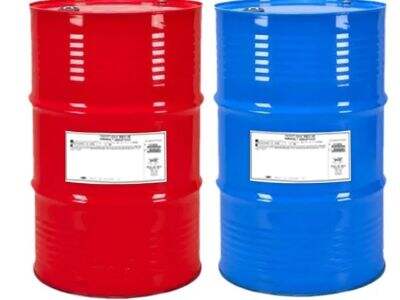For instance, more polyol can yield a softer foam and more isocyanate a harder one. At SANYING, we select these dense polyurethane foam materials meticulously to ensure that they suit the unique requirements of each of the products we produce.
The Effects of Additives on Physical Properties of Polyurethane Foam
Other additives, such as surfactants, help shape and stabilize the size of the bubbles in the foam. This rigid polyurethane is important because it's the size of the bubbles that makes the foam feel soft or firm.
Understanding the Science Of Polyurethane Foam Formulation
Producing polyurethane foam is something like baking a cake. Like a cake that needs the right mix of ingredients to rise the best, you also need the right chemical balance to make good foam.
Main Factors Affecting the Strength and Density of Polyurethane Foam
We can tweak these factors at SANYING according to what the hard polyurethane foam will have to do, tailoring it precisely to our customers’ needs.
Material Selection and Addition to Improve Foam Quality
Selection of the materials and additives is extremely important to produce the quality of polyurethane foam. We don’t slog through lists of we googled and throw random stuff together at SANYING.














































